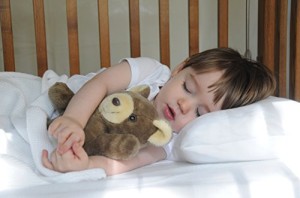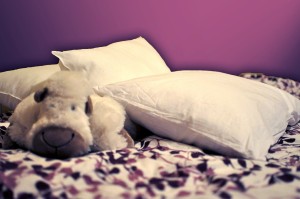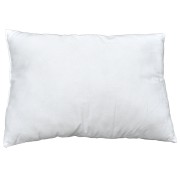Choosing Hypoallergenic Bedding Materials for Kids
 Is your child restless during the night? Does he keep waking up? Is he sneezing for no reason? These problems may be caused by allergies. Yes, your child may be allergic to his own bed. It is important to identify the allergies, so that you can choose hypoallergenic items your child can use and address the discomfort. The following are simple tips when choosing hypoallergenic bedding for your child.
Is your child restless during the night? Does he keep waking up? Is he sneezing for no reason? These problems may be caused by allergies. Yes, your child may be allergic to his own bed. It is important to identify the allergies, so that you can choose hypoallergenic items your child can use and address the discomfort. The following are simple tips when choosing hypoallergenic bedding for your child.
1. Identify the Allergies
There are many reasons for the discomfort of your child. Dust mites and their droppings can cause allergic flare-ups. Mold can also cause respiratory allergies. Skin irritation can be from either natural or synthetic fibers. It may take some trial and error or check with your child’s doctor to find the source of allergies.
2. Protect Their Bedding from External Allergens
Dander, mold, dust mites and other allergens can grow or build up on bedding over time. To prevent these allergens from reaching your bedding, it is best to cover your pillow or mattress with hypoallergenic slipcovers. Also look for fabric with high thread counts because they have a tighter weave and make a better barrier against allergens.
3. Choose the Right Materials
 Depending on what is causing your child’s allergies you’ll want bedding in either natural or synthetic material. In most cases you’ll find synthetic material your best option as mold and mites can’t live on it – and mold, dust mites and dander are the worst culprits!
Depending on what is causing your child’s allergies you’ll want bedding in either natural or synthetic material. In most cases you’ll find synthetic material your best option as mold and mites can’t live on it – and mold, dust mites and dander are the worst culprits!
Cotton – It is a natural hypoallergenic fiber and is extremely easy to clean. Cotton pillows and mattress pads that are washed and aired regularly prevent mold growth. Dust mites are eliminated easily with a few minutes in a hot dryer.
Memory foam – Pillows and mattresses made from this material are anti-microbial. However we don’t suggest using memory foam, especially for children, because of the high chemical content used to create it. It is not good to breathe in the gasses released from these chemicals.
Polyester – It is a manmade synthetic material that resist dust mites and mold. In the past it’s been known as a harsher, stiffer fabric and is second over cotton. However, these days there are so many different ways it can be manipulated that it’s easy to find soft, plush, smooth polyester that rivals most cottons.
With the right materials and proper set up of your child’s room, it is expected that he will have a long and peaceful sleep every night – and so will you!



Leave a Reply
Want to join the discussion?Feel free to contribute!